Dear Friends,
As already mentioned, JACK not only saves infant chimps but also takes care of bush babies or galagos.
In our Southern part of the DRC, one of the galago species we have is the biggest bush baby of Africa : the greater galago (otolemur crassicaudatus crassicaudatus).
Unlike apes and most of the DRC wildlife, these small nocturnal creatures are being poached for their meat. Pacific and the size of a cat, greater galagos are caught very easily: because they sleep in the trunk of the trees during day, poachers put the tree on fire and wait for the galagos to come out of their shelter.
Galagos are eaten but also sold on the streets in cages made of barks and wire mesh…
…or sold in bags …
Bag (top) and galago inside the bag (below)
… or in other kind of cages/boxes…
Bush babies are mainly bought by expats! These latters believe they can domesticate them and, ignorant, they keep them in their houses and make them become diurnal. One particularity of the galagos is that they wee on their hands and feet to mark territory… so, imagine, expats got rid of them because their « pet » is « smelly » and urinates every where…
galago on the right is weeing on his hands
Not many studies have been carried out on bush babies. Our project is receiving advice from the Nocturnal Primate Research Group coordinated by Professor Simon BEARDER, one of the world’s leading authorities on nocturnal primates.
As to provide the best to these government seized little ones, JACK built new enclosures. There are now 5 bush babies – all males!
Upon arrival, seized bush babies stay in quarantine. To introduce them to their new place takes a couple of days. As the kennel is their first quarantine place, we put the crate into the new enclosure where they remain 1 or 2 days.
galagos kept in the kennel to adjust to their new environment
Then, we open the door of the kennel and the bush babies are allowed to come out at night and to discover their new world. The kennel is still inside in case the galagos want to keep sleeping in it.
A few days after, kennel is removed and the galagos have their own little house where they sleep during day…
But it is clear JACK doesn’t want to keep these lovely creatures in an enclosure.
A reinsertion program is planned and the individuals will be released with collars as to allow further study about this species in the DRC. This will be another step and of course, I’ll keep you posted.
An adoption program for these confiscated animals will start soon as well.
Roxane
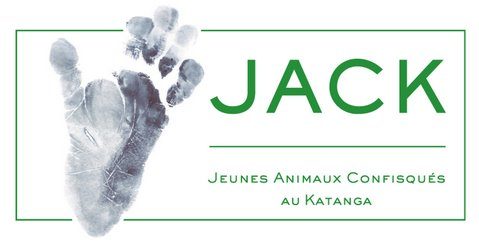
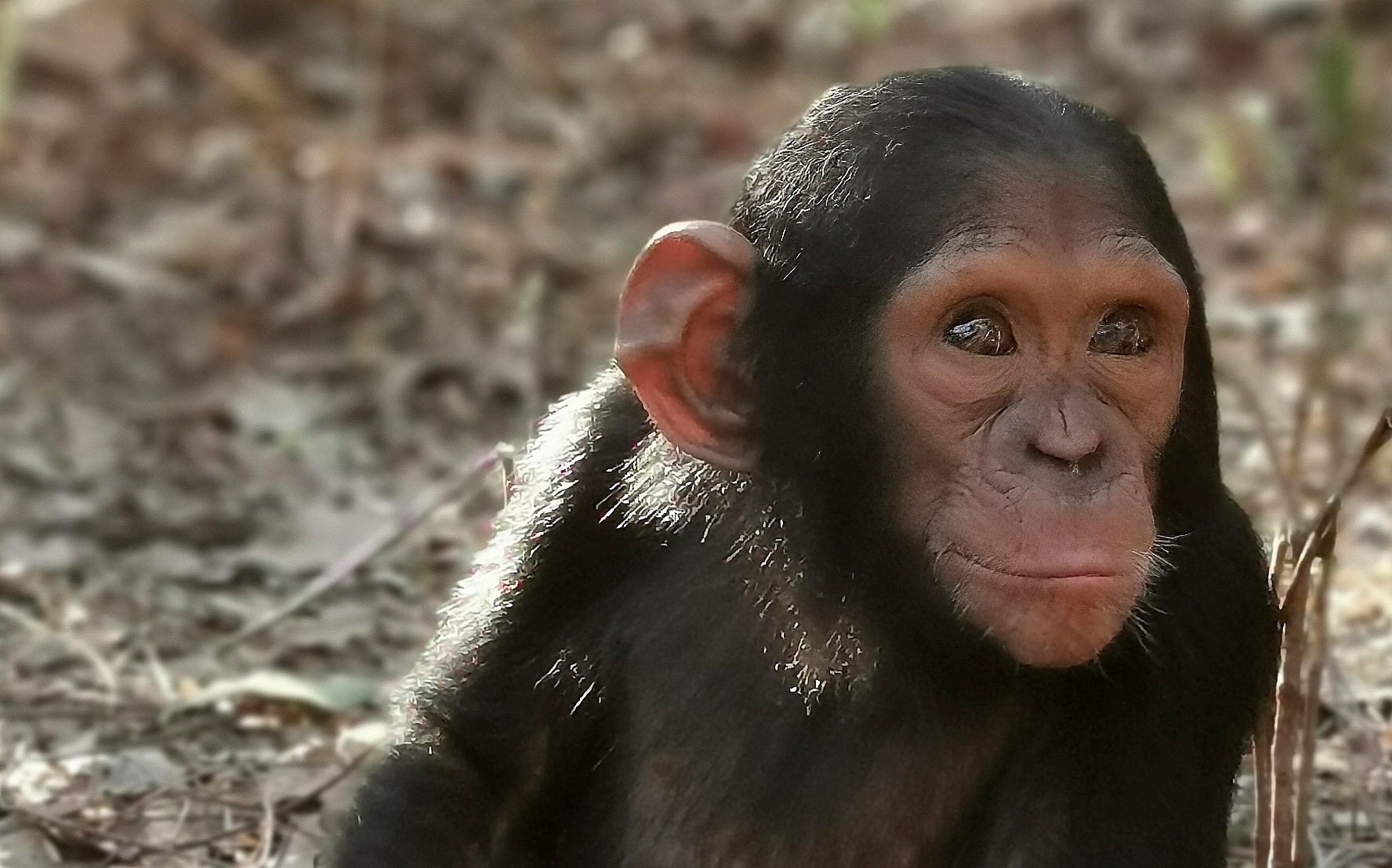
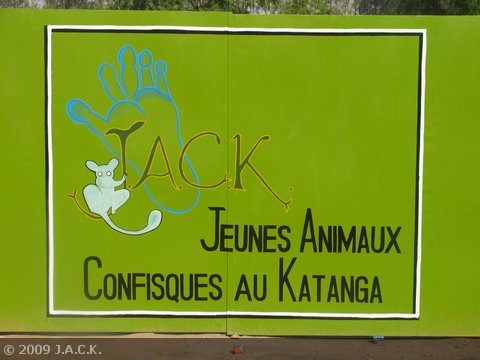
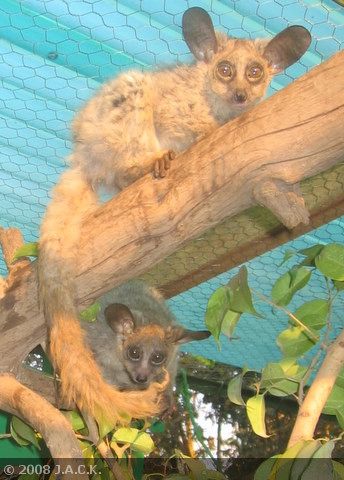
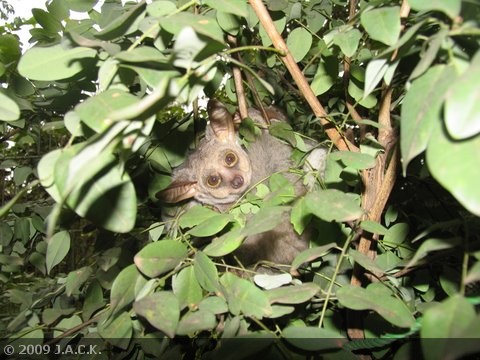
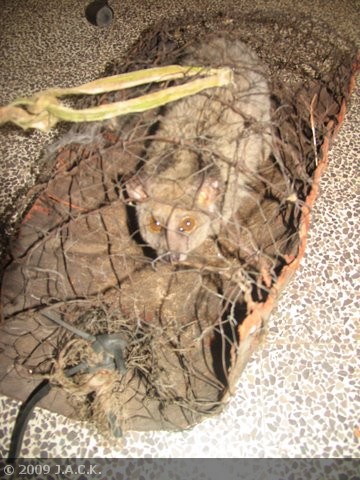
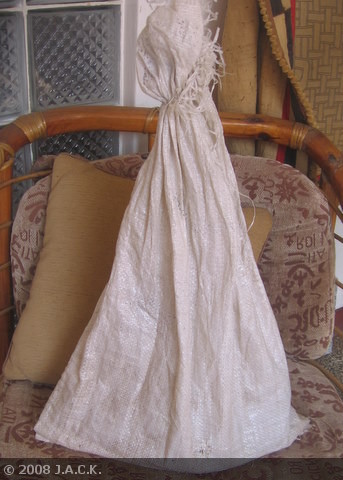
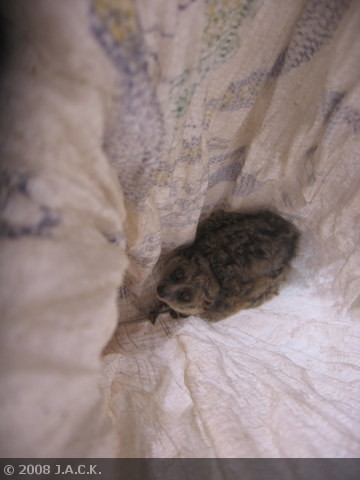
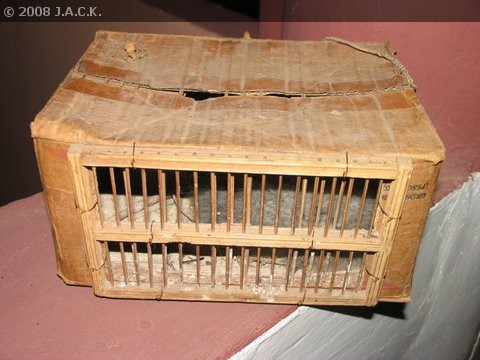
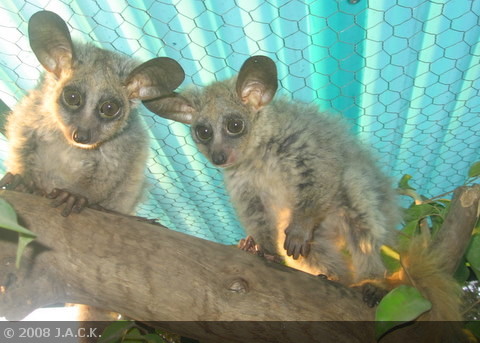
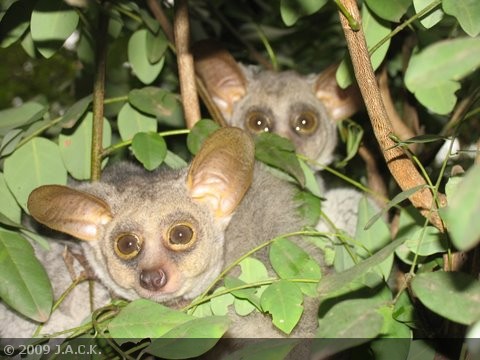
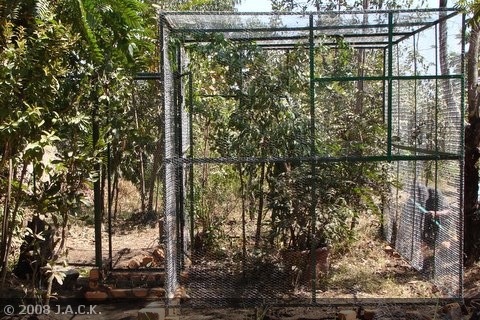
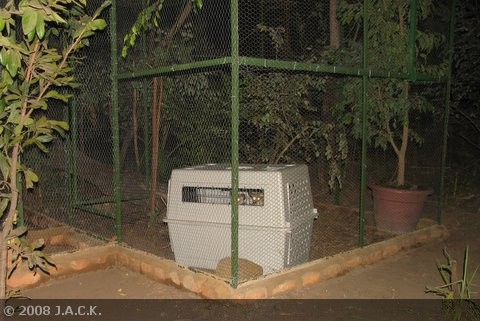
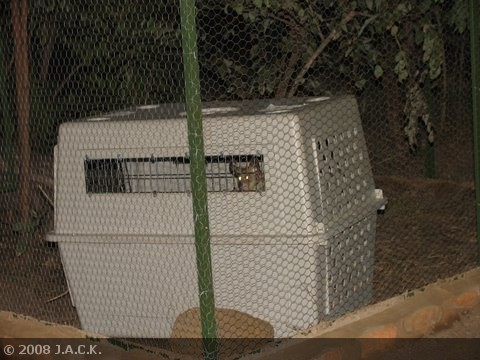
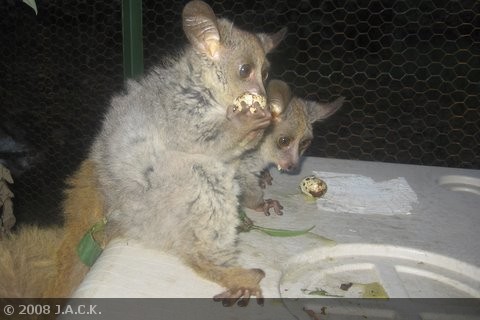
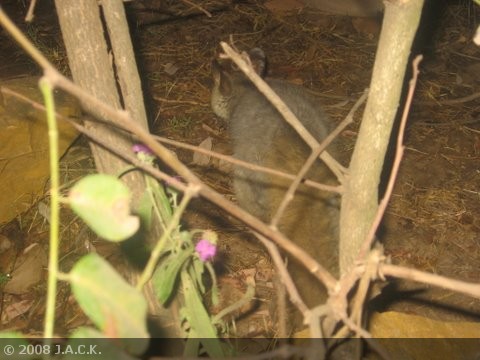
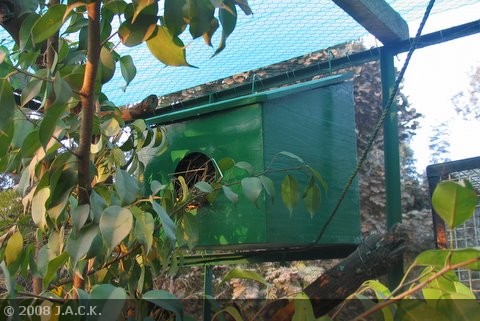
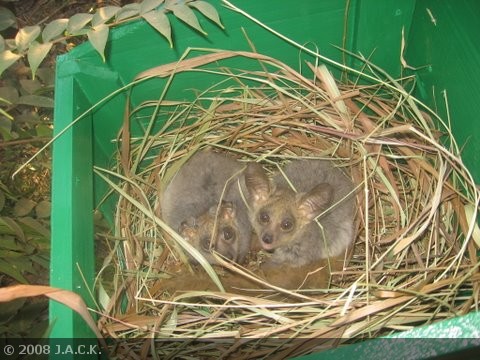
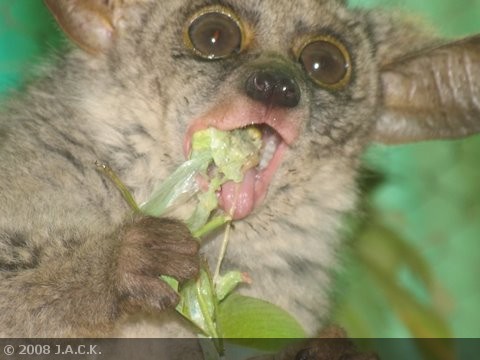
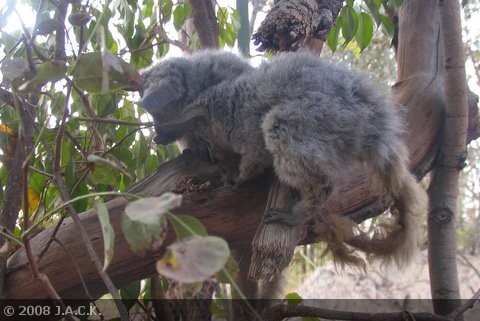
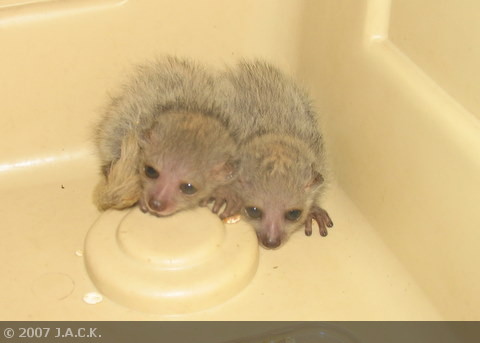
Ping :100 orphan kids for Christmas at J.A.C.K. | J.A.C.K.
You, and your team are the best!! WE live on a small holding (20 000sqm) in Pretoria, South Africa. We are completely surounded by suburban development, but are very fortunate to have a breading pair on our property. The have delivered as many as 50 babies over the last few years.
We do not feed them at all. They are very tamed but always maintain a save distance.
It is a beautiful experience and a honour to have these amazing creatures roaming in our garden.
I just wanted to share with you!!!
Hi,
Great work. I am a student of Prof. SK Bearder and study bushbabies in Tanzania. I was writing to ask what you feed young otolemur like the one above. Friends have been given 2 ‘rescued’ ones with head-body length of 10cm, so 3-4 weeks old I guess. They are taking banana. I was wondering what milk or vitamin suplements they need. Can you feed them things like grasshopers this young. I know they like gum, fruit, small reptiles and insects in the wild. As I only study them in the wild, I never keep them captive but friends always ask me how to keep them.
Any advice is welcome. Andrew
Great news Roxane! I am happy to see JACK expand their care to these precious creatures. I will never understand why humans will not leave wild animals where they belong. So many species becoming endangered due to human apathy. I am pleased that plans are in the works for these bush babies to be released back into the wild. I wish JACK the best of luck with the new program and research.